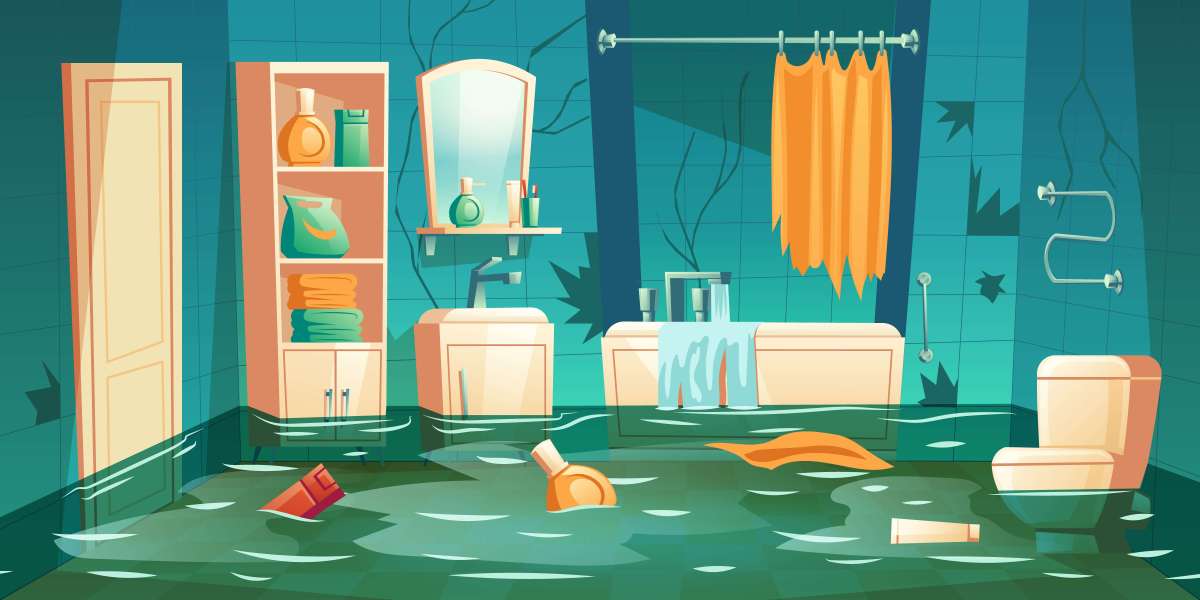The True Cost of Basement Flooding Repair: What Homeowners Need to Know
A Problem That Starts Small but Grows Quickly
When water begins to collect in a basement, most homeowners think of a mop, a wet vacuum, and a free weekend. But what starts as a small puddle can evolve into a full-blown emergency, damaging flooring, walls, and even the foundation. Understanding basement flooding repair cost means looking beyond surface cleanup to the deeper issues that make basements vulnerable in the first place.
Water infiltration is rarely accidental — it’s often a symptom of structural weakness, poor drainage, or outdated waterproofing systems. That’s why repair costs vary so widely from one home to another, even when the visible damage appears similar.
Where the Money Really Goes
Basement flood repair is not a single service — it’s a sequence of steps designed to restore safety and prevent future damage. Each phase has its own price tag, and understanding these helps homeowners evaluate estimates more confidently.
Initial water removal – Pumping out standing water is the most urgent task. Labor and equipment costs increase with water depth and contamination.
Drying and dehumidification – This stage uses industrial fans, heaters, and dehumidifiers to eliminate hidden moisture from floors and walls.
Material replacement – Carpets, insulation, drywall, or baseboards exposed to water often need full replacement.
Sanitization and mold control – Decontamination adds another layer of expense, especially in humid regions where mold spreads quickly.
Altogether, these factors can create a wide pricing range depending on how early a homeowner intervenes. Acting fast often cuts total repair expenses nearly in half.
Why Every Basement Flood Is Different
Two homes next to each other can face floods with dramatically different repair outcomes. The difference lies in materials, drainage systems, and past maintenance. Finished basements with wood flooring and drywall cost more to restore than unfinished ones with concrete walls.
In homes with older sump pumps or poor grading around the foundation, recurring floods increase costs over time. Even a one-inch flood can damage electrical wiring, insulation, and air quality — hidden costs that rarely appear in quick estimates.
Assessing the Invisible Damage
The hardest part of evaluating repair cost is measuring what you can’t see. Moisture trapped inside concrete or behind wall cavities can linger long after visible water disappears. Professional restoration teams use thermal imaging and moisture mapping to locate these hidden pockets of dampness.
Ignoring them can lead to gradual foundation weakening, rusted support beams, and airborne mold spores. While advanced testing may add a few hundred dollars to an estimate, it prevents far more expensive reconstruction later on.
Labor, Time, and the Human Factor
Another element shaping basement flooding repair cost is labor intensity. Some cleanup jobs require multiple technicians working in confined spaces for several days. Accessibility issues — such as narrow staircases or low ceilings — can slow progress and increase hourly costs.
In many regions, material availability and local labor rates also influence final pricing. That’s why homeowners are advised to compare detailed written estimates rather than focusing on total figures alone. A transparent quote that explains inspection findings is more valuable than a vague, low-cost promise.
When to Call the Professionals
It’s tempting to treat small floods as a DIY project, but without proper drying and inspection tools, residual moisture almost always remains. Companies like Sahara Dry Basements emphasize diagnostic repair — identifying how water entered the home before restoring it. That preventive mindset ensures the problem doesn’t repeat with the next heavy rain.
A professional inspection may cost extra, but it provides long-term savings and peace of mind that DIY fixes rarely achieve.
The Long View: Prevention as a Cost Saver
Ultimately, the most affordable basement repair is the one you never need. Investing in waterproof coatings, foundation crack sealing, or a backup sump pump system dramatically reduces future flooding risks.
While prevention projects carry their own price tag, they pale in comparison to the cumulative cost of repeated cleanups and lost property value.
Final Thought
Understanding what shapes basement flooding repair cost empowers homeowners to respond rationally instead of reactively. With early intervention, informed assessment, and long-term waterproofing measures, even severe flooding can be managed without breaking the bank.














